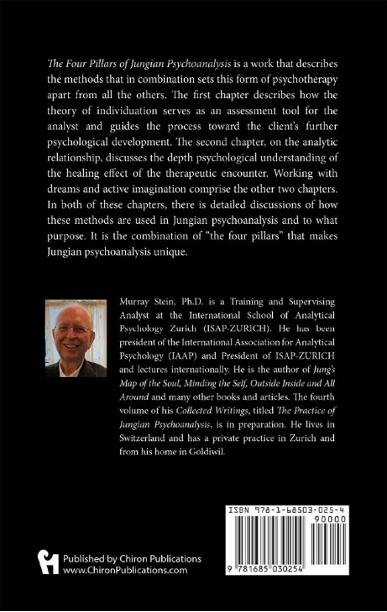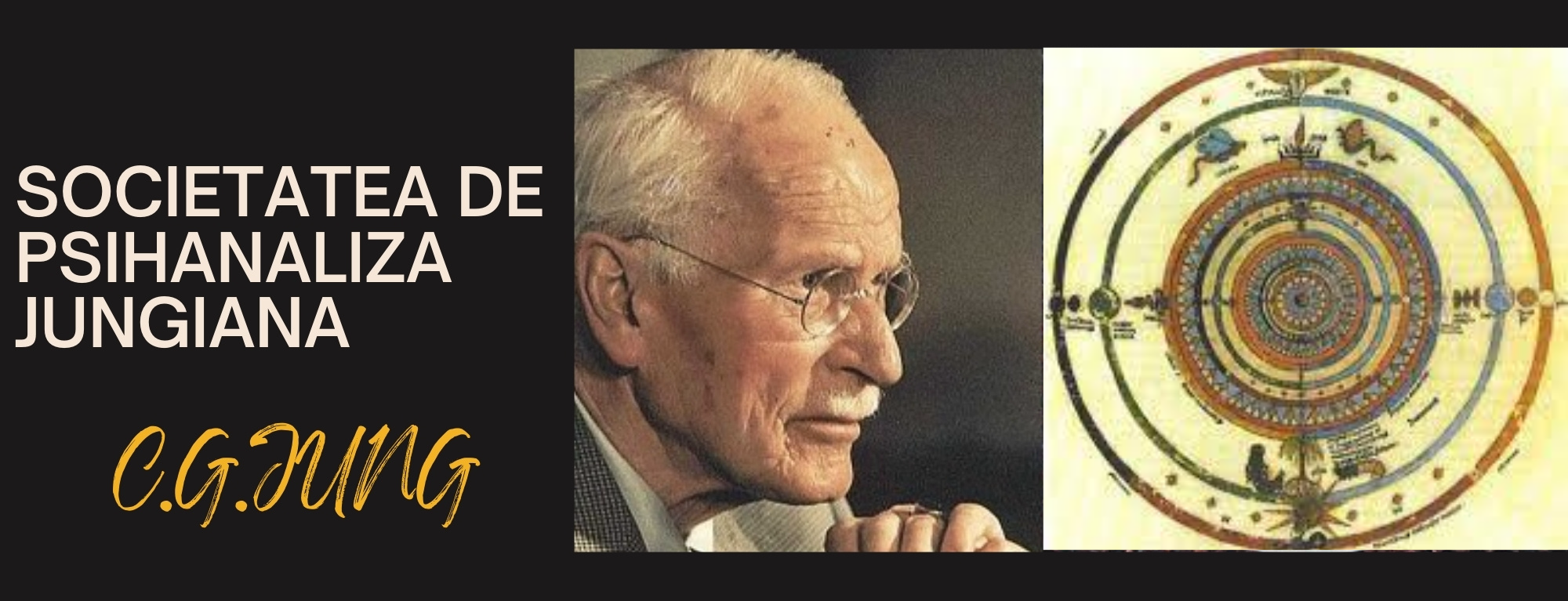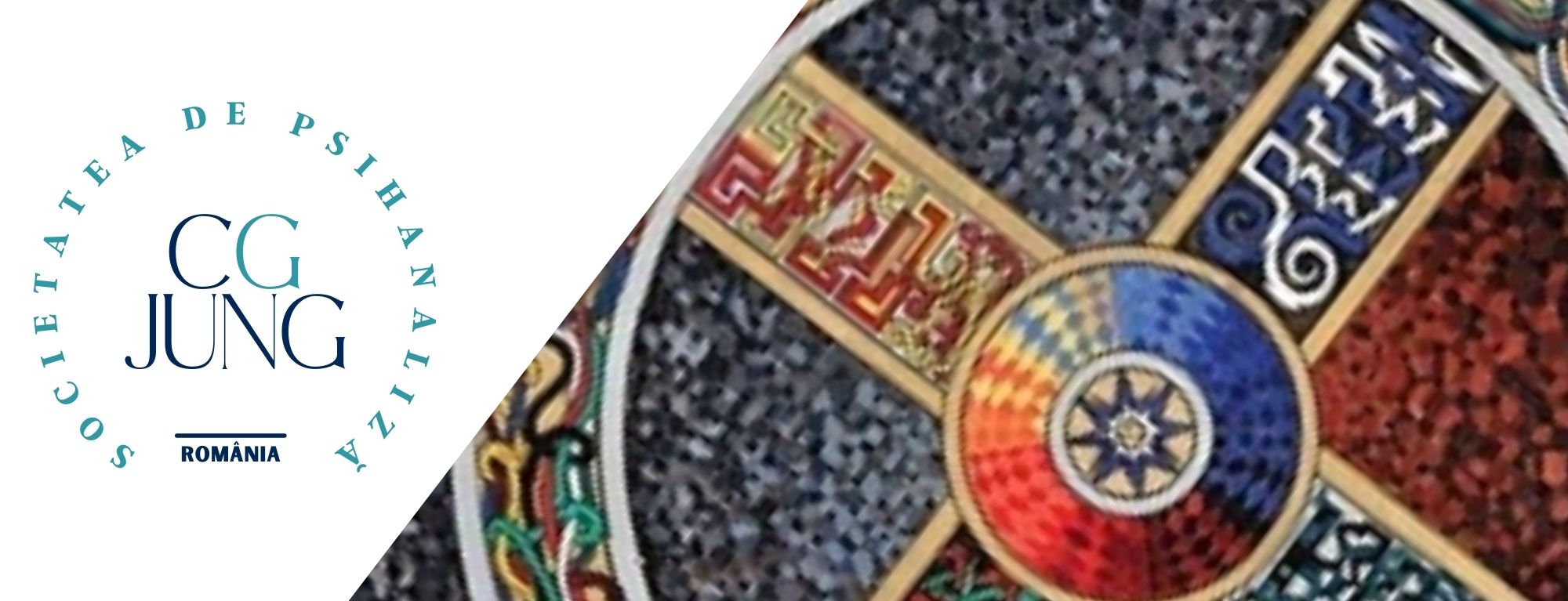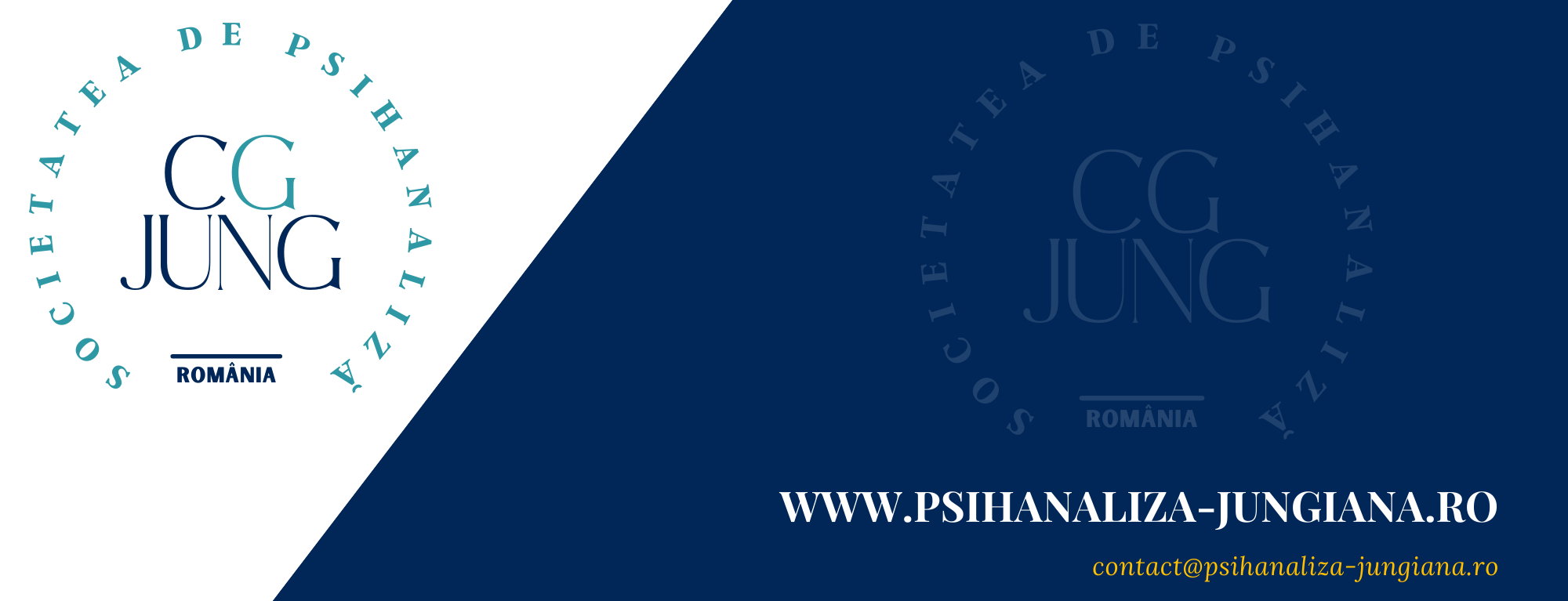

This year, 2022, a fundamental work on Jungian Psychology was published, written by a well known and profound analyst, Murray Stein, PhD.
Very often we find approaches that are an arid presentation of Jungian concepts, which appears to be a scratch at de surface of the complex and deep structure and dynamics involved in the living psyche.
The For Pillars offers o complex view on Jungian approach of the vast phenomenology so developed in our lives. Murray Stein confesses in Introduction the way he chose to speak about four these aspects that are central:
“What makes the Jungian approach unique and different from the others? I’ve reflected on this quite a lot and discussed it with colleagues in my field and in other schools, and I’ve read psychotherapeutic literature widely for many years now. I’ve boiled it down to four essential features that, when combined, are central to the Jungian approach and set it apart from the others.”
The first pillar is the natural process of individuation, which develops unconsciously and when is consciously understand and an invitation from the transpersonal background to evolve, to find meanings in our life. The human psyche the subject an the object of the individuation process.
The psyche is now regarded as the source of the human existence and the ground upon which the conflicts that once raged in imagined supernatural realms and among its denizens is to be located. To quote Stein, it is within the psyche that these noisy battles must be won, lost, or endured; and with this enormous shift in human consciousness comes the psychological and the ethical responsibility that human beings, individually and collectively, take up the challenge of individuation.
The temenos and the specific of therapeutic relation in therapy, which includes not only two individuals with their capacity to understand, but also a third part, a numinous presence, the Self who is present as the guidance and containment. The healing effect of the therapeutic encounter, sustain the transformation of both participants, and the personality of the analyst is a main factor in that transformation. To quote Jung, a good half of every treatment that turns out to be deeply consists of the doctor who examines himself.
Dreams are images and meaning to be understood by the conscious ego, to develop, to follow the pas towards wholeness. Drawings of the dreams, or visions helps to express those images in a complex and concrete form, including intuition, perception, feelings and thinking to circumambulare the meaning.
The lowering in the deep layers of our psyche and the conscious confrontation with what appeared was experienced and used by Jung himself in an active and conscious confrontations with the unconscious, and Red Book, and Black Books are testimonies of the deeper layer of the transgenerational suffering, which is to be healed, redeemed by our life. Active imagination is the way, and the individual is possible to liberate himself from the traumas their suffering consequences, and enter in the process of individuation, to follow his own destiny, his meanings of his life.
It is the combination of these the four pillars that makes Jungian psychoanalysis unique.
Mihaela Minulescu



